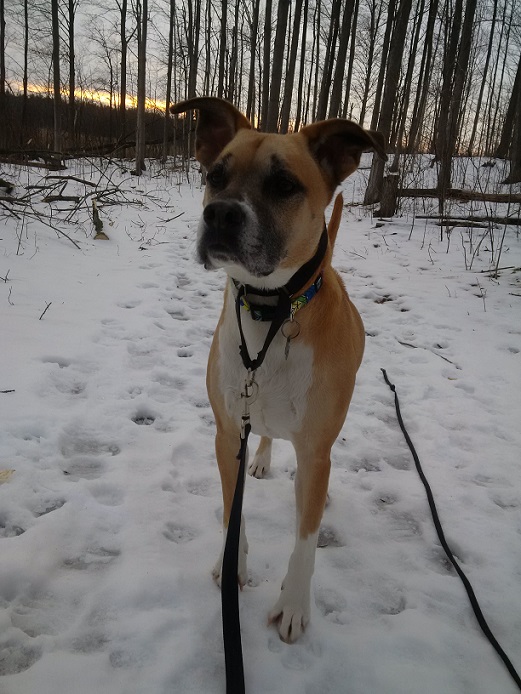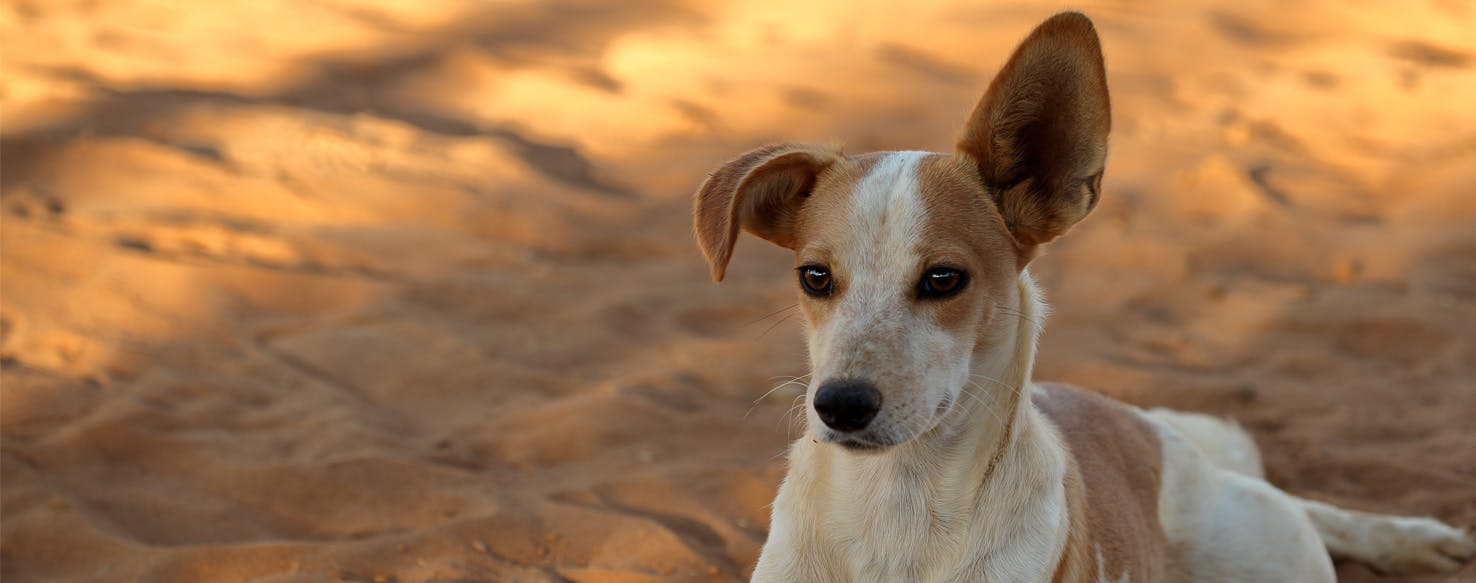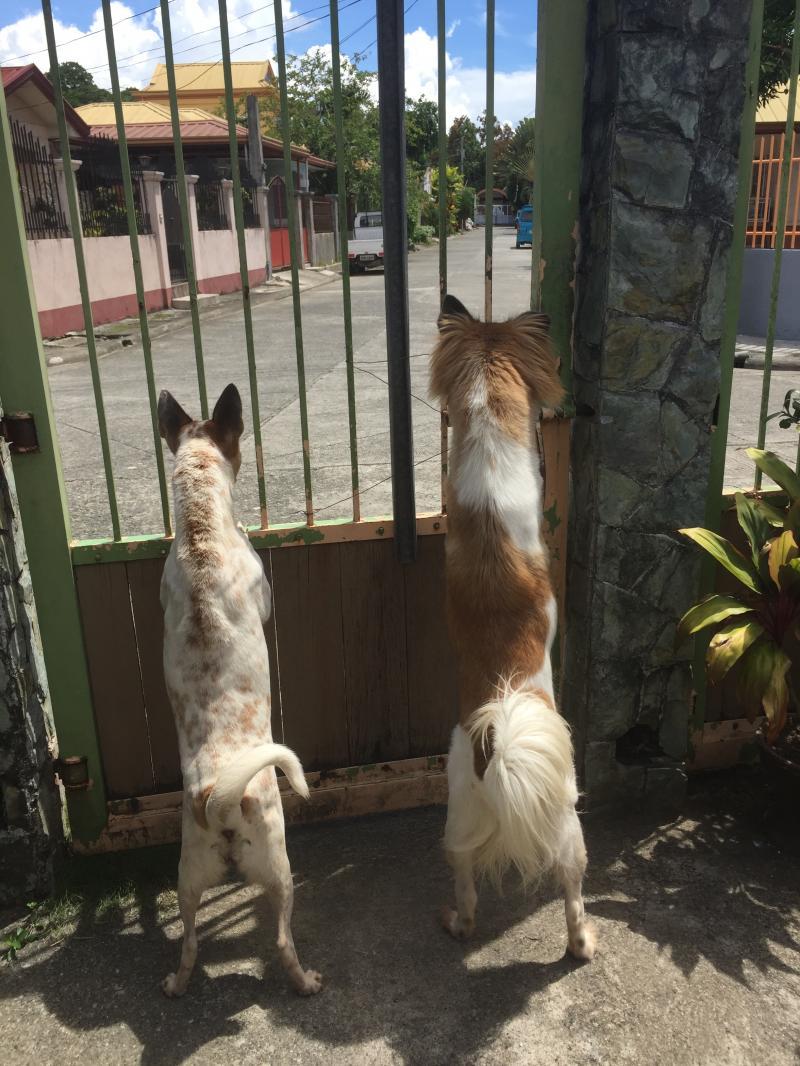But, regardless of their shape, size, and type, you can learn a lot about a dog’s feelings or objectives by learning how to read ear body language. They yip, bark, whimper, howl, and growl.

Hackles What Does It Mean When My Dog's Hackles Are Up
Dogs would usually do this while you are petting or stroking them because they feel good.

When a dog raises its ear what does that mean. Your dog might even be trying to tell you that they want to keep on playing! If the dog’s ears are flat against the head, they are showing fear and/or submissive behavior. 5.your dogs body may start to accumulate fluid in the abdomen.
An attentive or focused dog: This is why the young mutt has both ears floppy when born. The height of the tail is what we are looking for when reading the dog’s tail:
For starters, it’s important to know that your dog holding his ears back can mean more than just one or two things. Their mouth may be opened and relaxed or closed. Also, putting its paw on you voluntarily is a sign of trust.
A dog is both happy and nervous: As the dog grows, pinnae muscles grow stronger allowing the canine to move the ears. Your dog may lose his appetite and consequently lose weight.
Look for these distinct differences. This question isn’t so easy to answer because it’s the context that matters. A bark may be playful or aggressive.
🐶 what does it mean when a dog raises his paw? As a dog becomes more aroused, the ears will move forward, pointing toward a subject of interest. Ears up and pointed forward could mean alert, friendly, curious, eager, excited, guarding or aggressive, so obviously they are not the best indicator of a dog’s mood.
The use of the ears and the position is part of the horse’s complex language and a way for the horse to express themselves and to send a message. Anemia is another symptom of elevated liver enzymes in dogs. While aggressive dogs do exhibit piloerection sometimes, it’s not always a sign of aggression.
A dog with fully developed pinnae muscles can move both ears. Generally, upright ears signify that your dog is listening either to you or something else and that it is alert. She may approach you with this stance when she is hoping that you will play fetch with her or when you have just arrived home after a day at work.
When your dog poops the poop might be grey as opposed to the normal healthy brown color. When their ears are most forward their foreheads often wrinkle. When a dog is relaxed, his ears may be slightly back or out to the sides.
Just as dogs indicate dominance and confidence by placing their tails in the up high position, presentation of the. Set on go for exploration, he puts his tail out in the same way he might perk his ears inquisitively. Here, your dog lifts a paw and positions his ears forward in alert, directly stares at prey, put his tail out and poises his body to create a message of.
It’s important to observe a dog’s other body language, including posture and ear position, in addition to the surrounding environmental context, to determine what is causing their hackles to raise. When your dog is relaxed, it will have its tail down, is standing without tension or lying down, with its eyes and ears pointed towards the center of its attention. Ears way back but not close to its head may mean that your dog is feeling sad.
Many dogs displaying this kind of behavior have raised hackles while the rest of their body suggests play: Unlike body signals, dog noises can mean different things from different dogs. You might cup your ear towards a sound to hear it better, too!
The muscles, or sometimes the entire dog, shift the ear to receive sound. Those who are looking for an answer to the question «what does it mean when a dog raises its ears?» often ask the following questions: The pitch or volume of their sounds can increase with their level of emotion.
This type of dog growling indicates that your pet is having fun; To fully deduce a dog’s mood you need to look beyond the flattened ears, since this is a common expression to convey fear or aggression. Your dog pulling her ears back slightly can mean she is greeting you.
If your dog is calm and puts its paw on you, it might be their way of showing affection. A concerned or confused dog For example, a dog that has his ears up and forward could be curious or be in a heightened state of attention and on the verge of aggressive behavior.
When a dog’s ears are pinned back, the general translation is fear or intimidation. A dog pulls both ears tight against their head. Although it’s hard for the human ear to pick up on subtle differences in dog growling, play growls can be distinguished from other more aggressive types of.
If a dog’s ears are gently pulled back, accompanied by happy tail wag, it. Fast horizontal tail wagging, forward ears,. And to reciprocate the right feeling, they try to comfort you with their paw.
This change in your dog's ears is slight, so you will have to. The lifting of a front paw can be a sign of stress or fear. What the dog is trying to say:
He may be trying to tell you that he wants that treat or that he’s unhappy with something, but he could just as easily be telling you that he’s just not very happy in. A dog that is trying to get your attention because he is anxious about something will prick his ears as he focuses on you, but he is likely to also glance around and pace, as well as pawing at you. Your dog may become very tired and lethargic.
It depends on what the rest of her body is doing. There are many different conditions that cause the ears to move backward. Your dog says ‘i love you’.
In puppies, these muscles are not yet developed. The animal may be facing a situation in which he or she feels insecure or even threatened. Compare it with a human that crosses his arms over.
When your dog’s ears are flat against its head, it represents fear or aggression.

Do You could have A Lump On your Neck, Back, Or Behind

Why Do Dogs Flap Their Ears Wag!

What Does It Mean When My Dog’s Hair Stands Up? Tuetego

